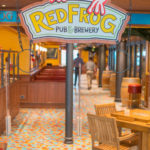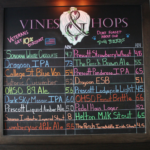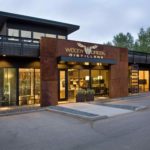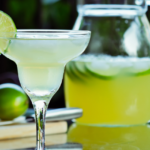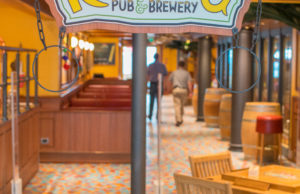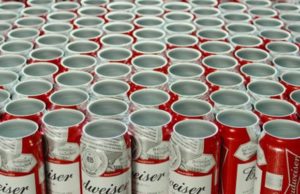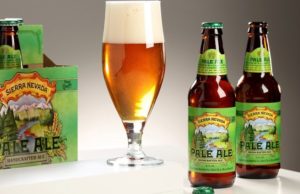The Renaissance of Hard Cider is Revolutionizing the Craft Beverage Industry
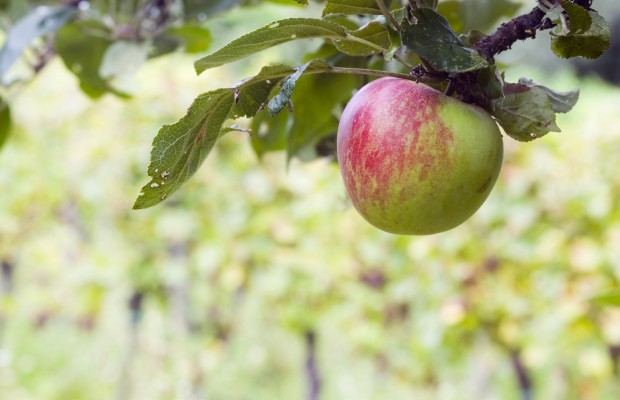
Cider was the drink that America was built on in colonial times. In the 1800s, remember the story about Johnny Appleseed who collected apple seeds from cider mills and spread them wherever he traveled creating orchards? Then, in 1920 Prohibition hit and many cider orchards and breweries were abandoned or destroyed and the cider well went dry.
For nearly 100 years, those orchards became “apple pie orchards.” Today, with roughly 350 cider producers in the U.S.—most of whom make small-batch ciders—the drink has never been more popular. According to a report by IRI market research, cider is currently the fastest-growing segment of beer and malt beverage marketing, with sales increasing 75 percent in 2014, mostly from mass-produced cider makers. The industry reports that from 2011 to 2013, cider production more than tripled in two years from 9.4 million gallons to 32 million gallons.
Great news for the apple growers! But why is this huge rebirth happening with small-batch cideries cropping up everywhere in the U.S., especially in the leading apple-producing states like Washington and New York? According to Will McClatchey, director of research at the Botanical Research Institute of Texas, after 100 years in decline the massive cider comeback has been driven by the same foodie mindset that cherishes local products and that has sparked an explosion in craft beer and micro-distilling. The offspring of the farm-to-table movement has become the orchard-to-glass trend.
Sara Grady, vice president of programs at Glynwood in Cold Spring, New York, a nonprofit agricultural organization that ensures farming thrives in the Hudson Valley by developing and implementing core programs, believes this huge revival of hard cider is due to the increase in the interest and support of farm-based production. In New York, the second largest apple-producing state, there is a strong identification with the apple – making hard cider an even more distinctive and desirable part of our food culture.
Due to apple growers facing higher costs of production and intense development pressures that threaten their orchards, growers started producing hard cider. In 2010, Glynwood launched The Cider Project with the Apple Exchange, an exchange between French and American producers of hard apple cider that took place in Le Perche, France, and the Hudson Valley. The Cider Project has evolved since then to encompass various projects aimed at creating opportunities for the region’s apple growers and supporting the production of orchard-based hard cider. With the help of Glynwood, the Hudson Valley Cider Alliance was created and the New York Cider Association was founded.
The Cider Project launched Cider Week in 2011, now an annual promotional initiative that showcases regional craft cider in restaurants, bars and retail shops throughout New York City and the Hudson Valley in an effort to build appreciation and demand for regional ciders. A critical component leading up to Cider Week is a trade tasting, during which all participating cider and spirit makers pour their products for members of New York’s food and beverage trade and secure sales contracts for the coming year. This year Cider Week New York City will be held from November 6-15. Grady says, “The thirsty New York City market is essential to the growth of hard cider in the state as well as the vitality of upstate farms. Buying hard cider preserves orchard landscapes and the heritage of apple growing, and creates new opportunities for farmers.”
There are many other components significant in the rapid growth of hard cider. “Real” hard ciders are terroir-driven beverages taking on the character from the local soil and climate of the orchards in their respective regions. Like biodynamic and fine wines, many good ciders are naturally fermented, produced with minimal interference and low technology. Most are clean and dry-tasting like a crisp white wine. Some follow the art of craft beer brewing by spending time in bourbon or wine barrels. These modern ciders are appealing more and more to serious beer and wine enthusiasts. Many of these ciders can be found at shops specializing in craft beers or at in-the-know bars. Some can be ordered online. But cideries are looking to new frontiers for their fermented drinks — including opening tasting rooms with draft cider on tap.
Health-wise, because hard cider is made from apples and not barley or wheat, it’s naturally gluten-free. That resounds loudly around a country where more and more people are being diagnosed with celiac disease (now about one percent of Americans) or are discouraged from consuming gluten by doctors to help fight gastrointestinal problems. Also, it’s lower alcoholic content is appealing to more women who may not drink beer.
Boston Beer’s Angry Orchard, the leading hard cider in the industry with its core cider Crisp Apple, has chosen the Hudson Valley for a special interpretive visitor center where one can go to see cider in production. The company bought a mid-1700s farm with the first apple trees dating back at least 100 years, which was converted to a full-time apple orchard by the 1950s. Angry Orchard plans to make limited-edition local ciders where the cider makers will have the chance for small-batch experimentation in growing and fermentation. Using different ingredients, apple varieties, recipes and processes, the cider makers will develop innovative ciders to share with visitors to the orchard. Grady believes they chose the Hudson Valley because it is historically an apple region, and now becoming a leading region for food and drink that is connected to farming, with experiences for visitors to taste and learn. In an effort to continue expanding the cider category’s audience, Angry Orchard is now introducing a new year-round offering inspired by traditional English dry ciders, as U.S. consumers begin to explore drier styles. Angry Orchard Stone Dry (5.5% abv), is billed as the brand’s driest release to date, created with European bittersweet varieties.
Move over craft beer – you’re being pushed off the shelf by America’s hottest new drink, hard cider.

